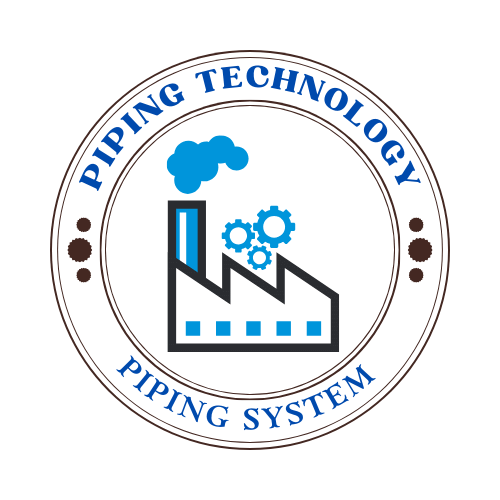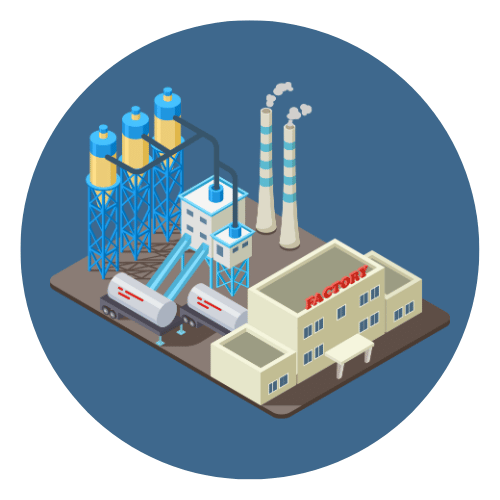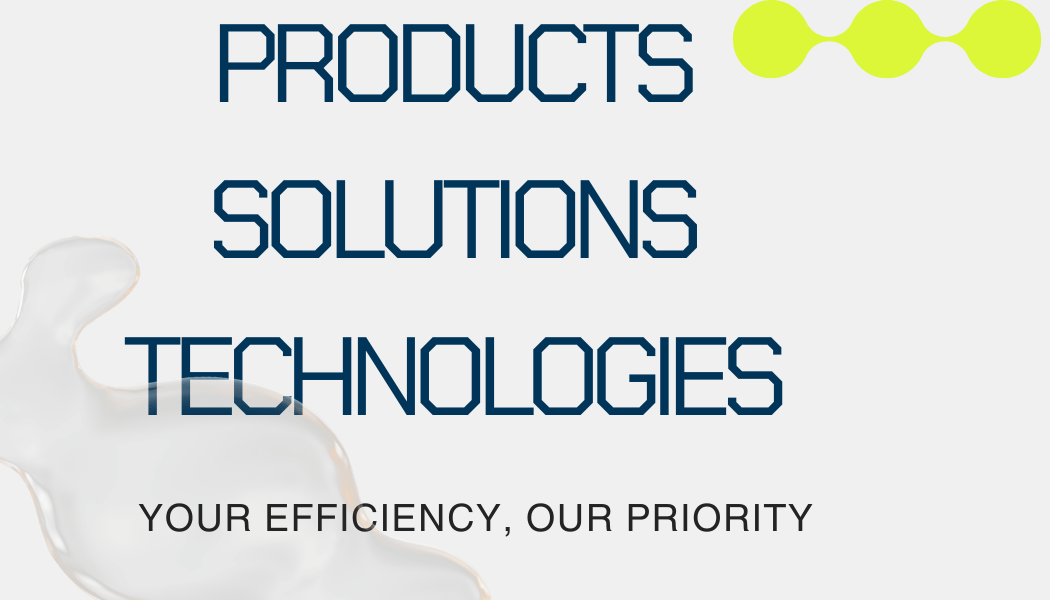Stress corrosion cracking is one of the most dangerous and deceptive forms of material degradation in engineering and industrial environments. Often occurring without any visible warning signs, stress corrosion cracking can lead to sudden and catastrophic failures in structural components, pipelines, pressure vessels, and critical machinery. This phenomenon results from the combined influence of tensile stress and a corrosive environment, which together cause cracks to form and propagate within susceptible materials.
Unlike general corrosion that uniformly reduces material thickness over time, stress corrosion cracking penetrates deep into the material, compromising its integrity while often leaving little or no surface evidence. The process is insidious—small cracks may go unnoticed during routine inspections, only to rapidly expand and trigger failure under operational loads. For this reason, stress corrosion cracking has been the root cause of numerous industrial accidents, including failures in the oil and gas, nuclear, and aerospace sectors.
The study of stress corrosion cracking is vital to material engineers, designers, and maintenance professionals because it helps in understanding how mechanical stress and environmental conditions interact to weaken metallic structures. Despite advances in alloy design and corrosion prevention, stress corrosion cracking remains a persistent and costly issue, often requiring a combination of preventive strategies such as proper material selection, environmental control, stress relief methods, and regular non-destructive testing.
This article will explore the fundamentals of stress corrosion cracking, examining its underlying mechanisms, contributing factors, and practical prevention techniques. We will also review notable case studies and industry-specific examples to understand the real-world implications of this failure mode. By gaining a comprehensive understanding of stress corrosion cracking, engineers and decision-makers can make informed choices to safeguard infrastructure, ensure safety, and reduce maintenance costs in critical operations.
1. What Is Stress Corrosion Cracking?

Stress corrosion cracking (SCC) is a type of material failure that occurs due to the combined action of tensile stress and a corrosive environment. It leads to the formation and growth of cracks in a material—even those that are otherwise resistant to general corrosion. These cracks can propagate without significant overall material loss, often resulting in sudden and unexpected failure.
Key Characteristics of Stress Corrosion Cracking:
-
Requires Three Conditions:
-
Tensile stress (applied or residual)
-
A specific corrosive environment
-
A susceptible material
-
-
Localized Nature: Unlike uniform corrosion, SCC is highly localized and may not show obvious surface damage.
-
Crack Paths: Cracks may follow:
-
Transgranular paths (through the grains)
-
Intergranular paths (along grain boundaries)
-
-
Industries Affected:
-
Oil and gas pipelines (e.g., sulfide stress cracking)
-
Nuclear reactors (e.g., primary water SCC)
-
Aerospace (e.g., aluminum fuselage cracking)
-
Chemical processing plants and marine structures
-
Why It’s Dangerous:
Stress corrosion cracking is often invisible until failure, making it especially dangerous in critical applications. It can cause catastrophic accidents, economic loss, and even fatalities if not detected and managed in time.
Examples of SCC Environments and Materials:
| Environment | Common Affected Materials |
|---|---|
| Chloride-rich (e.g., seawater) | Austenitic stainless steel (304, 316) |
| Caustic solutions | Carbon steels, high-strength alloys |
| Ammonia-containing atmospheres | Brass and copper alloys |
| Sour gas (H₂S environments) | Carbon steel, low-alloy steel (SSC) |


 Automation System
Automation System  Energy Engineeing
Energy Engineeing  Instrumentation System
Instrumentation System  Mechanical Engineeing
Mechanical Engineeing  Piping Technologies
Piping Technologies  Transportations
Transportations  Manufacturing
Manufacturing  Training Material
Training Material 












